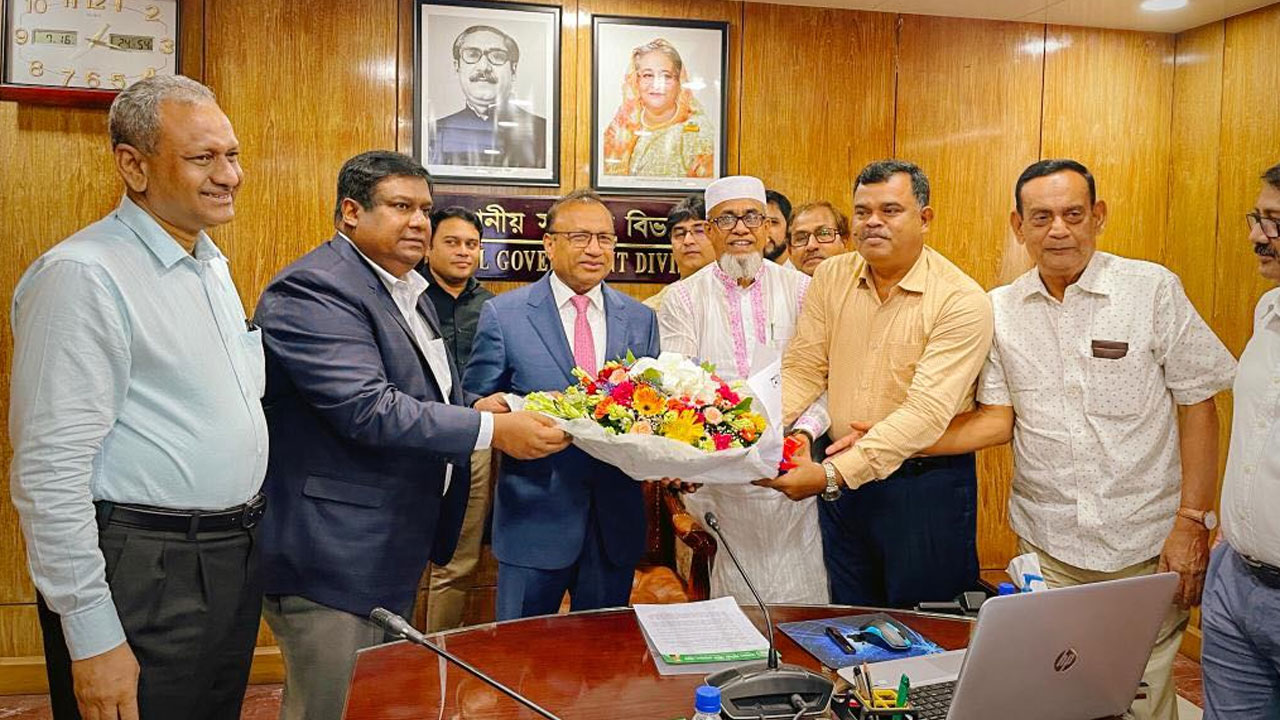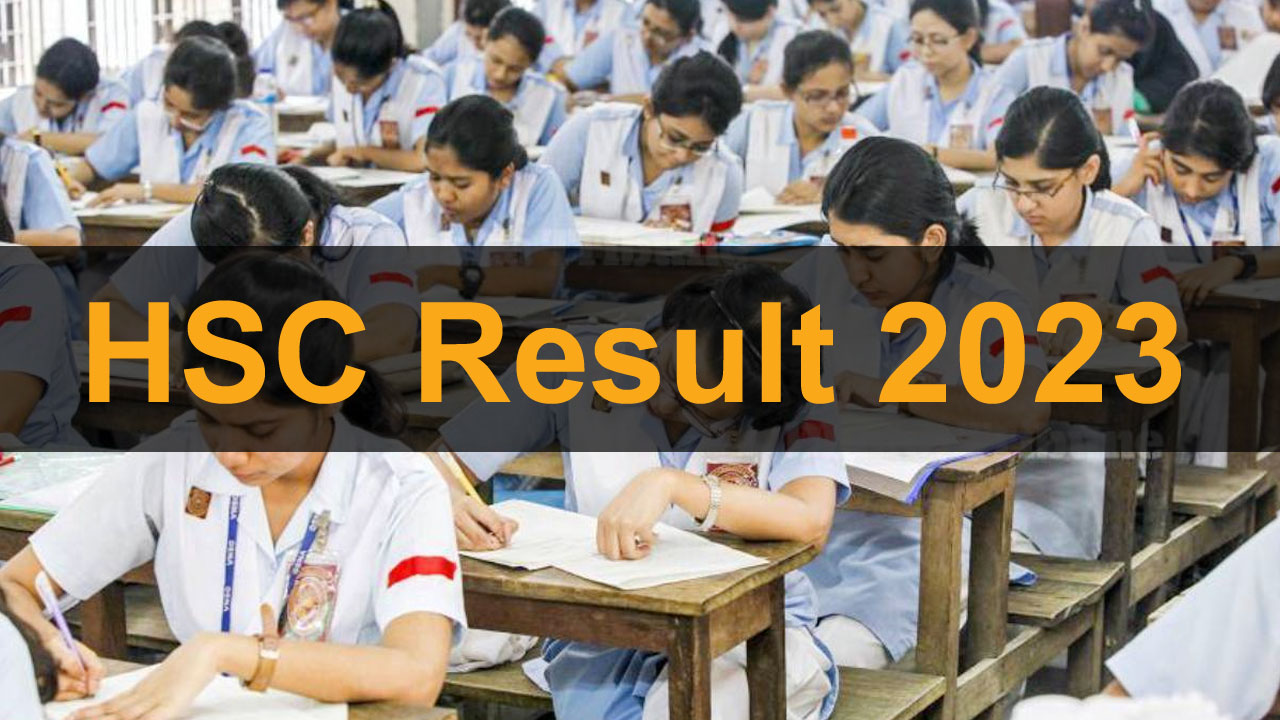Bangladesh Population Density : The Most Densely Populated Country in the World . With a population of over 165 million people crammed into a nation the size of Iowa, Bangladesh has the highest population density in the world. The country’s people are squeezed into a space of only 147,570 square kilometers, resulting in a staggering density of 1,116 people per square kilometer. To put this in perspective, Bangladesh’s population density is about 3 times higher than neighboring India’s and over 30 times higher than the United States.
Bangladesh’s extreme density is both a blessing and a curse. On the positive side, it creates efficiencies and opportunities that less dense nations lack. But the density also strains the country’s resources and infrastructure. Managing the needs and welfare of so many people crowded into such a small space has always been and will continue to be a monumental challenge for Bangladesh.
Bangladesh Population Density : The Most Densely Populated Country in the World

How and Why Did Bangladesh Get So Densely Populated?
Bangladesh’s staggeringly high population density has its roots in geography and history. The low-lying landscape of the Bengal delta region has been agriculturally rich for thousands of years, supporting higher population densities than less fertile areas. Politically, the region has spent most of the last few centuries under stable rule as part of larger Indian empires and kingdoms. This stability allowed the population to steadily increase, as less stable regions were held back by strife and conflict.
But the critical factor that pushed Bangladesh’s population density to the extreme was the Green Revolution of the mid-20th century. New high-yielding varieties of rice allowed Bengal’s crop yields and food production to soar. The increased food security permitted and even incentivized larger family sizes, causing Bangladesh’s already high pre-Green Revolution population of around 50 million to nearly quadruple over the next 75 years. This massive population boom fed on itself as successive generations remained large in size.
Today, Bangladesh’s population growth rate has declined to around 1% per year as family sizes shrink and birth rates fall. But the slower growth does little to relieve the density built up over decades of rapid growth. Even if the population was frozen at today’s level, Bangladesh would remain absurdly overcrowded.
Uneven Distribution of Density in Bangladesh
Bangladesh’s population density averages 1,116 people per square kilometer nationwide. But unsurprisingly, population density varies greatly across different regions. Urban areas tend to be far denser than rural ones. Dhaka, the capital and largest city, crams over 44,500 people into each square kilometer, making it one of the most densely populated cities on the planet. Other major cities like Chittagong and Khulna have densities of over 10,000/km2.
Rural areas provide a little more breathing room, averaging around 1,000/km2 across the country. But even Bangladesh’s least dense districts still have population densities higher than almost anywhere in the US, Europe, or China. The only real exceptions are wetlands and forests in the low-lying river deltas of the south and southeast.
Challenges of Dense Living in Bangladesh
Cramming 165 million people into a tiny country creates immense challenges. Bangladesh struggles to provide adequate housing, sanitation, utilities, jobs, healthcare, and transport for its swollen population. These issues also intersect with Bangladesh’s widespread poverty and weak governance institutions.
Housing in Bangladesh
Finding adequate housing for so many people is nearly impossible. In cities, overcrowded slums mushroom on any open space. The country’s limited urban land fills up with informal settlements built with scrap metal, plastic sheeting, and whatever materials are at hand. Even Dhaka’s affluent neighborhoods feature tiny apartments divided and subdivided into tiny units to accommodate multiple families.
In rural villages, the classic extended family model predominates out of necessity. Fathers, sons, uncles, and cousins often share small clustered houses and compounds. Multiple generations frequently share single rooms. Housing shortages will only worsen as Bangladesh’s population grows toward a projected peak of 200 million in 2050. Land for new settlement is scarce, so increased density of existing areas seems unavoidable.
Sanitation in Bangladesh
Bangladesh’s high population density magnifies the classic challenges of providing sanitation to rural villages and urban slums. Sewer systems are available for less than 10% of the urban population. The vast majority relies instead on unsanitary hanging latrines that spill into open gutters and ditches. This causes widespread water pollution and disease outbreaks. Trash collection is minimal to nonexistent outside wealthy neighborhoods, also contributing to drainage clogs, flooded streets, and outbreaks of illness.
Utilities in Bangladesh
Providing utilities like electricity, gas, and piped water is extremely difficult with so many people occupying little space. Rolling blackouts and rationed electricity are common even in cities. In villages, most go without any grid electricity at all. Access to clean water is also a major problem, both from groundwater supply limitations and issues like arsenic contamination. Lack of drainage and sewer capacity causes frequent flooding, which mixes with water supplies.

Transport and Crowding in Bangladesh
Bangladesh’s packed cities and countryside struggle to handle massive transport demand. Roads and rail lines are chronically clogged, choked with everything from cars and buses to cycle rickshaws and hand-pushed carts. Massive traffic jams grind economic activity to a halt for hours each day. Trains run at well over double their seating capacity. Even Dhaka’s congested river ferries carry several times more passengers than they were designed for.
Public spaces like sidewalks, parks, markets, and transport hubs become essentially unusable due to severe crowding. Lines stretch endlessly at shops, government offices, clinics, bus stops, and anywhere else people need or want to go. Finding personal space or isolation is nearly impossible.
Jobs in Bangladesh
With so many working-age people, Bangladesh struggles to provide adequate employment despite strong economic growth. Even with millions working overseas in Gulf states, low-wage and casual jobs at home fail to employ all who need work. Though manufacturing boomed in recent decades with the rise of the garment industry, it still employs less than 5% of the labor force. The result is widespread poverty and reliance on subsistence agriculture. A lack of jobs also pushes countless rural migrants to cities, exacerbating urban problems.
Healthcare in Bangladesh
Bangladesh has made big strides expanding basic healthcare access in recent years. But providing quality care to such a massive population remains an uphill battle. Rural clinics are few and far between. Urban hospitals overflow with patients, forcing doctors to rush through huge volumes of cases each day. Lack of sanitation spreads communicable diseases like typhoid and cholera. Malnutrition and stunted growth are sadly common among children. The country still has a high maternal mortality rate from inadequate birthing care.
Opportunities from Density in Bangladesh
Despite its many difficulties, Bangladesh’s extreme population density also comes with some advantages. There are efficiencies to be harnessed from having so many people and economic activities clustered into a small space.
Dense populations allow businesses to access large numbers of workers and customers within a small area. This gives Bangladesh a competitive edge in labor-intensive manufacturing like garments. It also helps service businesses cluster and thrive.
Infrastructure like roads, utilities, and telecom can be provided over shorter distances and achieve greater economies of scale. A single cell phone tower, for example, can reach tens of thousands of subscribers in dense urban areas. Rural electrification reaches more households per kilometer of installed wire.
Density also enables greater specialization as people live and work in proximity. Doctors, mechanics, cooks, clerks, and other jobs develop concentrated pools of skilled labor. Knowledge and skills transfer more easily in crowded environments.
Cultural amenities like restaurants, theater, music, and entertainment also benefit from dense populations providing critical mass. Dhaka and Chittagong offer rich cultural scenes that smaller cities can’t sustain.
Looking Ahead
Bangladesh’s world-leading population density shows no signs of abating anytime soon. But the country is making steady progress on demographic and development fronts to improve Bangladeshis’ quality of life.
Fertility rates have fallen from over 6 children per woman in the 1980s to just over 2 today. This slows population growth and eases pressure on densities. Female education, child healthcare, and employment help bring down birth rates.
Economic development lifts more citizens from extreme poverty into modest prosperity. Today’s $5,000 GDP per capita is still low, but it is exponentially better than the $1,000 level of the early 2000s.
Infrastructure slowly improves despite density challenges. More villages get electricity each year. Dhaka’s metro rail network expands. Sanitation coverage creeps upward. The internet reaches more citizens.
Further progress requires effective long-term policies and governance. But Bangladesh’s history shows positive trends can take root even in the planet’s most crowded country. With patience and wisdom, Bangladesh can flourish despite the inherent constraints of its extreme human density.
FAQs about Bangladesh Population Density
Here are answers to some common questions people have about Bangladesh’s high population density:
How dense is Bangladesh compared to other countries?
With 1,116 people per square kilometer, Bangladesh has the highest overall population density in the world. It is far denser than regional neighbors like India (464/km2) and Pakistan (287/km2). Bangladesh’s density is over 30 times higher than the United States (36/km2) and over 3 times higher than the United Kingdom (274/km2). The only places with comparable density are microstates like Monaco or Singapore’s central business district.
Which parts of Bangladesh are the most densely populated?
The capital Dhaka is Bangladesh’s densest city, with over 44,500 people crammed into each square kilometer. Other major cities like Chittagong, Khulna, and Rajshahi have densities ranging from 10,000-25,000/km2. Rural areas average around 1,000/km2 nationwide, though some delta regions in southern Bangladesh have extremely high rural density too. Even sparsely populated hill tracts have density comparable to European cities.
Why is population density decreasing in some areas?
Bangladesh’s population growth has slowed to around 1% annually, so density is no longer increasing rapidly nationwide. Dhaka and other cities are becoming less dense in central areas as upper and middle class residents move to spacious planned suburbs. But slums and informal settlements continue gaining density through rural-urban migration and natural growth.
What countries have population densities similar to Bangladesh?
Only a few small countries like Monaco and Singapore exceed Bangladesh’s density. Malta, Hong Kong, and Bermuda are comparable. Otherwise, Bangladesh’s density is unparalleled globally. Even megacities like Manila, Jakarta, and Lagos don’t average nearly as high density at the metro level as Dhaka and Bangladesh do nationwide.
Does high density influence culture or daily life?
Yes, Bangladesh’s extreme density shapes daily life and culture in many ways. Lack of personal space and crowded public areas are facts of life. Extended families often share small living quarters. Transport and infrastructure are under extreme strain. But density also enables economic efficiencies and rich cultural scenes in cities. Most Bangladeshis take both the positives and negatives of density in stride.
How is the government managing effects of high density?
The government is gradually improving infrastructure like transport, utilities, and sanitation to serve the dense population better. Efforts are also being made to slow population growth through family planning services and girls’ education. But density strains resources and governance capacity. Illegal slums and settlements arise faster than cities can provide planned housing. Traffic, water shortage, crowding remain challenges.
What is the outlook for population growth and density?
Bangladesh’s population growth has slowed but is projected to rise from 165 million today to around 200 million by 2050. Dhaka and cities will become denser, but growth will stabilize. Better services, slowing growth, and economic development will hopefully improve crowded living conditions. But density will remain extremely high for the foreseeable future.




